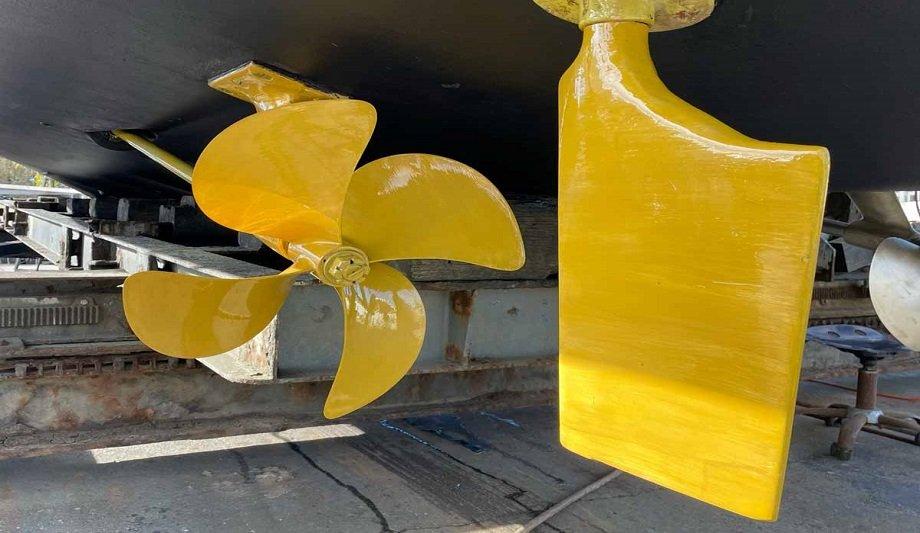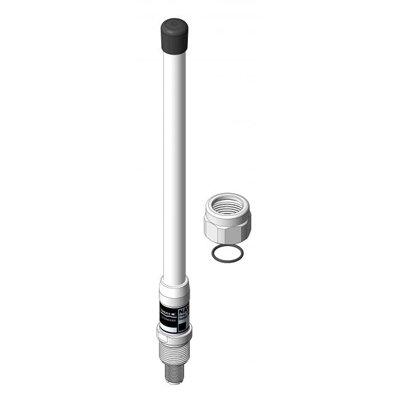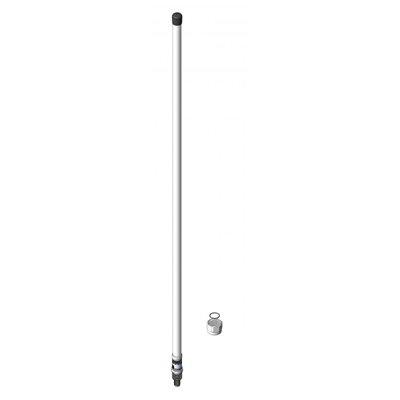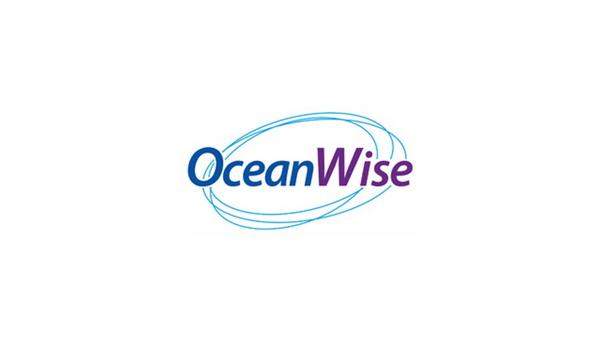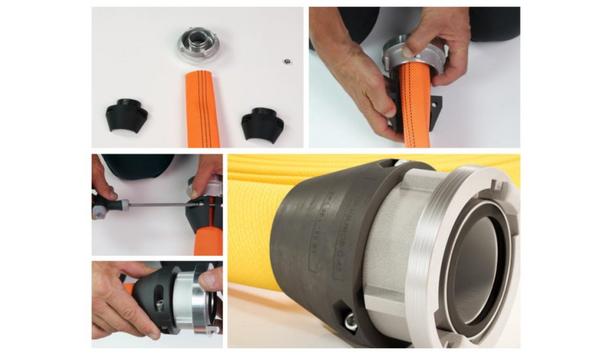As companies prepare for the coming boating season, there is no doubt thinking about all of the maintenance projects waiting for them. There’s cleaning, painting, varnishing brightwork, and maybe some updates to electronics in the months ahead.
Future-proof with Propspeed
The bottom paint probably needs touching up and the anodes need checking, as well as inspecting for any signs of corrosion on the prop, shaft, thrusters, and trim tabs. There will also be the usual time-consuming and expensive task of grinding and sanding to remove marine growth from underwater components that have not been protected against fouling.
The upcoming refit season is the perfect time to future-proof with Propspeed, keeping the boat looking and performing its best for the boating season, as well as saving time and money on maintenance at the next haul-out by preventing marine growth and corrosion.
Antifouling and foul-release coatings
Antifouling paints use biocides or toxins as their active ingredient to kill marine growth
The Propspeed product range, which includes Propspeed® for running gear and all underwater metals, Foulfree™ for transducers, and Lightspeed™ for underwater lights, is a line of biocide-free, foul-release coatings, which differ from traditional antifouling.
While both antifouling and foul-release coatings prevent marine growth from colonising underwater surfaces, the way in which they do it differs greatly. Antifouling paints use biocides or toxins as their active ingredient to kill marine growth, ranging from hard antifouls, which steadily leach biocides from their porous surface to soft ablatives, which are formulated to erode and slowly release biocides over time.
Foil reduction
Unlike antifoul, Propspeed’s products use physical means to reduce fouling. Instead of killing marine growth and leaching toxins into the ocean, foul-release coatings create a slick surface that’s tough for marine organisms to adhere to.
Any marine growth that does form is easily wiped away or released when the boat reaches cruising speed. This ensures marine growth is left where it is found and prevents invasive species from being transferred to other regions.
Increase efficiency and decrease fuel consumption
Even the smallest amount of fouling on underwater assets can greatly increase drag, meaning the boat has to run at a higher RPM just to maintain its usual speed, drastically increasing fuel burn.
Throughout the boating season, Propspeed can increase efficiency and decrease fuel consumption, reducing what pay at the pump. Fouling also means users are not getting the most out of transducers and underwater lights and removing barnacles risks damaging their delicate components. Foulfree, for transducers, and Lightspeed, for underwater lights, protects these expensive investments and keeps them performing at their best.
Steps to prevent corrosion
An insulating coating system such as Propspeed is very effective at preventing severe corrosion
This refit season, companies should also be considering taking steps to prevent corrosion of their underwater metal assets. Considering that some of the most expensive and critical components of a vessel like shafts, props, pod drives, and outdrives are constantly under attack from corrosion, they should ensure have the best protection available.
An insulating coating system such as Propspeed is very effective at preventing severe corrosion. Not only does it protect these vital parts, but the coating also reduces the load on anode systems and prevents accelerated anode burn that results in the carcinogenic makeup of the anode leaching into the ocean.
Save fuel and maintenance
Propspeed has the added benefit of preserving the integrity of metal surfaces, unlike antifoul which causes copper to leach out of bronze, weakening the material.
Propspeed is the original and best foul-release coating and has been tried and tested by boat owners around the world for over 21 years on all variations of propellers and underwater metal components. During that time, Propspeed has been proven to increase efficiency, reduce drag, and save fuel and maintenance costs with the least harm done to the marine environment.
